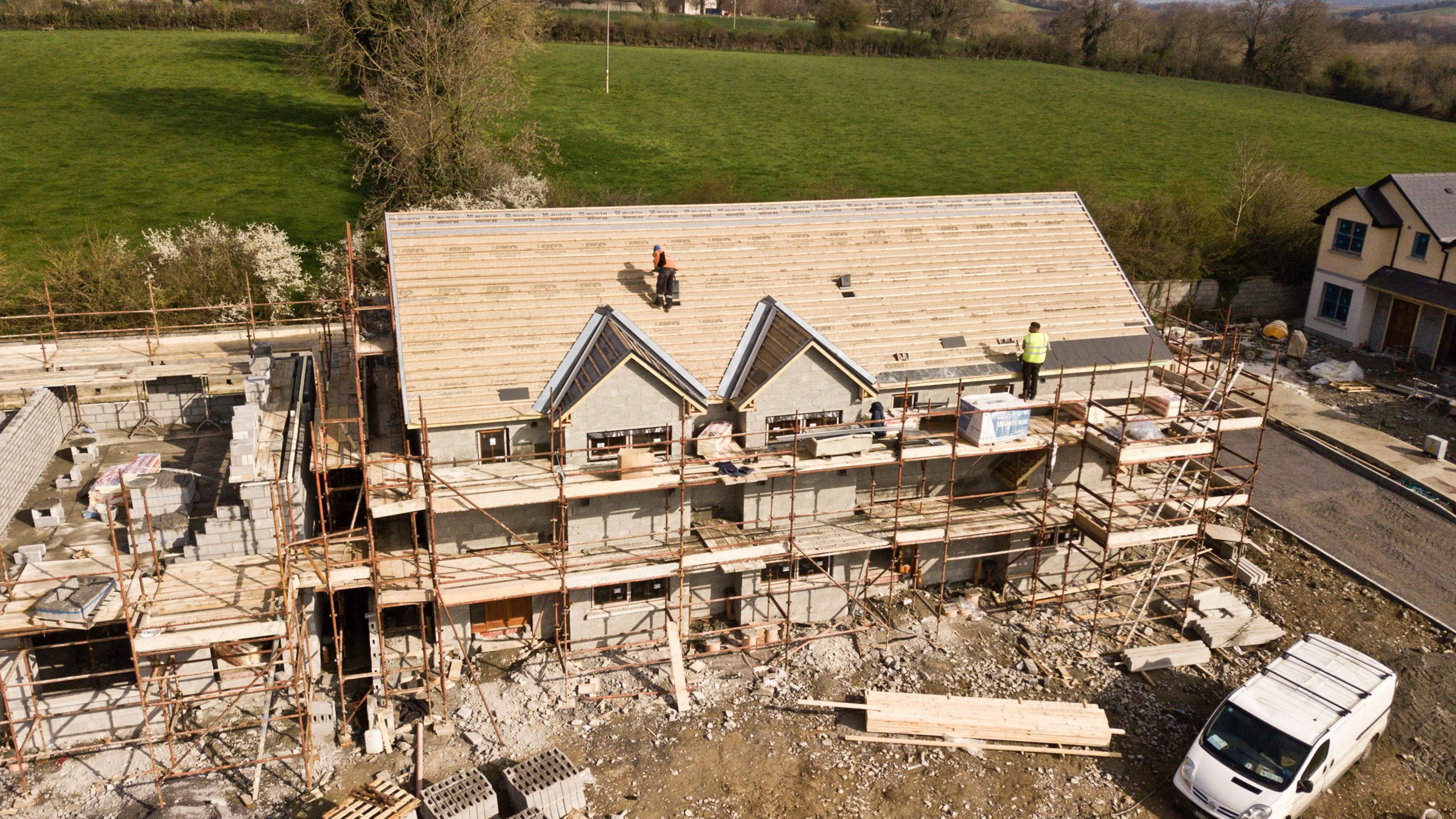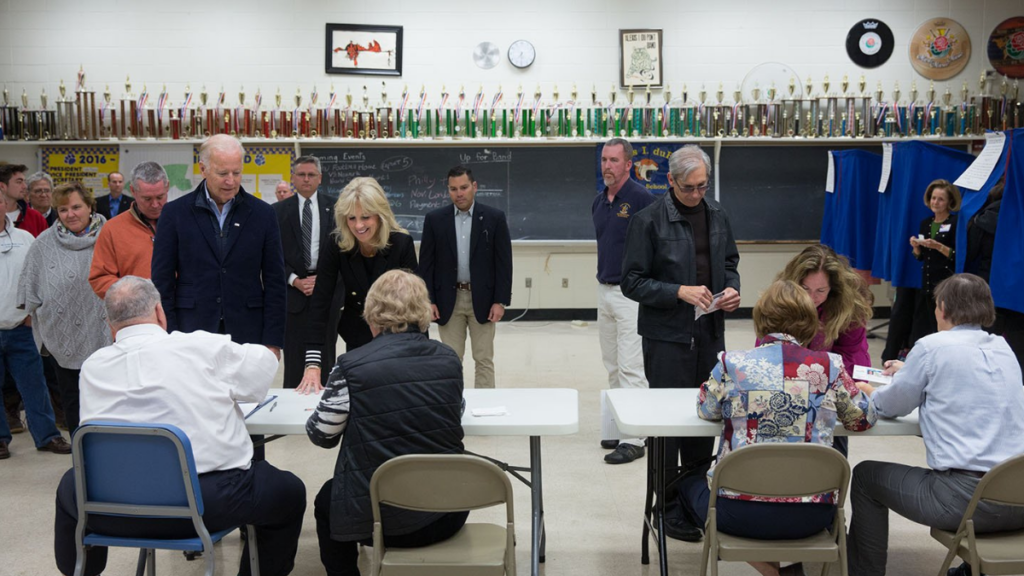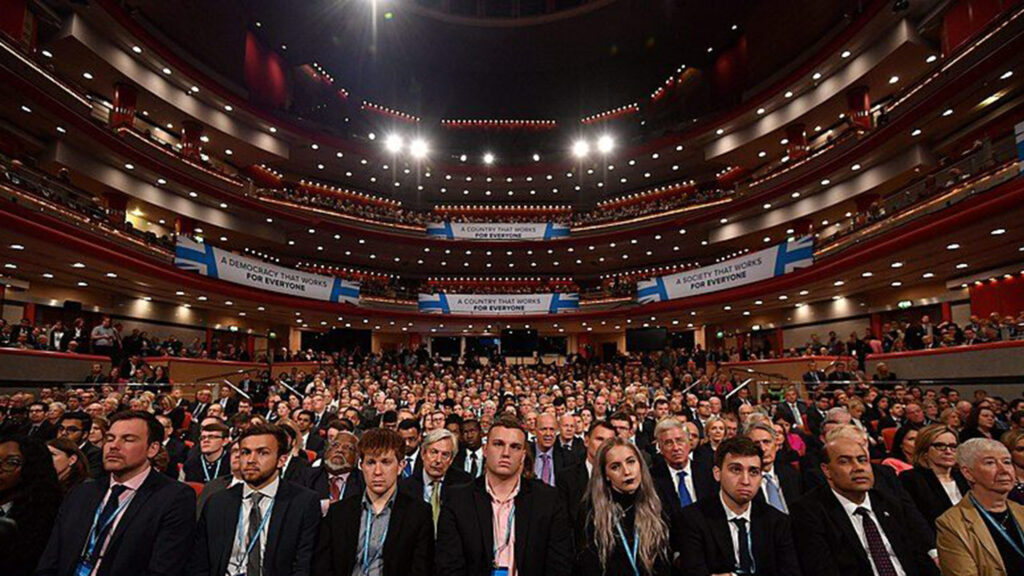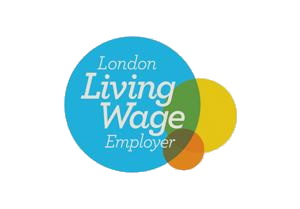In a much-anticipated speech, Michael Gove stood in the fantastically-modernised surroundings of King’s Cross station to extol the virtues of “gentle densification.”
Centred around a ten-point plan that included “supercharging Europe’s science capital”, ensuring great public services were at “the heart of every community” and the alliteratively alluring importance of “greener houses, greener landscapes, and greenbelt protection”, the Secretary of State for Levelling Up, Housing and Communities began his speech with a recognition that “health, happiness, prosperity and productivity” all depend on our housing.
The inclusion of the word “health” in that phrase will no doubt be music to the ears of Lord Nigel Crisp, who spoke to the All-Party Parliamentary Group on Housing Market and Housing Delivery last week on the Healthy Homes campaign, and the need to recognise the quality of our housing as a key factor in our health.
Living in beauty
Promising radical solutions, for many the Minister’s speech fell short, with the industry giving a “lukewarm reaction” and doubting how effective the measures announced will be in combating the housing crisis. Moreover, the speech seems to have rankled some in his own party, which may come as no surprise, especially as the recently-defeated Conservative candidate in the Selby and Ainsty by-election promised to defend green spaces.
What was notable in the speech, however, was the tacit admittance that the housing crisis was not a problem with simply one cause, but many. What is referred to in academic circles as a “wicked problem”, the housing crisis certainly seems to emerge at the concatenation of a series of problems that have gone unaddressed for quite some time. It is clearly not enough to build more homes – as Mr. Gove said in the speech, this Conservative government has built more homes than did the Labour government before it, in the same period of time.
The solution to the problem lies not only in building more homes, but – as Gove’s speech recognised – our attitude, and not even our attitude to homes, but to building at all.
The measures laid out do actually appear to address the different problems that have come together to cause the wicked problem of the housing crisis. Foremost among them are the regeneration of brownfield sites; infrastructural delivery; and providing local communities the power to make their own planning decisions.
The regeneration of brownfield sites has been championed by the Joseph Rowntree Trust for over a decade now as one solution among many for the housing crisis, and the Minister’s announcement of “Docklands 2.0”, providing 65,000 homes, offers a snapshot of the possibilities inherent in such regeneration. It also harks back to an undoubted Conservative success in the 1980s and 90s, when Development Corporations in London, Merseyside, the West Midlands and other areas delivered infrastructure and new commercial and residential developments at a pace which far exceeds anything being achieved today.
Moreover, Gove, ever a disciple of the British philosopher Sir Roger Scruton’s philosophy of vernacular architecture as an essential component in the creation of place – of building according to local aesthetic traditions and local needs as a means to create a truly public world – was keen to stress that the regeneration of brownfield sites in 20 cities across Britain would be done according to the “Medici model”. This would mean urban sites centred around, he listed, beautiful buildings, public spaces, cultural jewels, safe and orderly streets, spaces for trees and nature, centres of educational excellence, dynamic new businesses, and excellent public services.
In other words, the creation of places where people want to live, and not simply need to. People are always grateful for the provision of accommodation, but they thrive and feel at home when that accommodation is surrounded by places to shop and work, green spaces, and functioning public services.
Empowering communities
Public services are an often-forgotten element in the discussion on housing. Examples abound of “garden villages” being built without key public transport infrastructure, such as rail lines and bus routes. Whilst the gentle density argument might not convince some, Gove came prepared, citing the cost of poor rural infrastructure to the economy, as well as the environmental benefit, pointing out that “gently densified” cities such as New York produced 50% less pollution than their surrounding suburban sprawls. And those gently dense areas must, as Gove pointed out, feel “safe and orderly”, not ridden with crime.
Public services and infrastructure are key to ensuring the housing districts of the future become accessible and safe, and remain places people want to live, and to secure popular consent to their construction.
So, the third key goal, of empowering local communities, aims to ensure that the design, accessibility and safety of housing districts reflects the concerns of the already-existing communities that will be expanded. Driving through rural towns and villages, you inevitably see signs demanding an end to the expansion of the housing stock. Often, this is a product of a lack of consultation, and so bringing residents and communities into the discussion on the provision of housing should mean the new homes that are added to existing communities are welcomed and not rejected.
For all this, there are reasons to be cautious; the lack of specificity over what the “simple design code” that the Office for Place will be issuing should raise eyebrows. For one thing, there is a multiplicity of guidelines and recommendations for affordable and sustainable housing in the British planning system, but very few of them are mandatory or required. For this reason, the “simple design code” should be welcomed, provided that code is stringent and does not recreate the problems present in the existing stock of homes.
This should be avoided by placing safety at the centre of the quality of new buildings. The Building Safely Act (2022) means tenants should be able to ensure their houses and flats are maintained well – provided they are communicated clearly to tenants.
Gove certainly deserves praise for recognising how wicked the problem of housing has become. Likewise, whilst there are detractors in his own party, there will no doubt be supporters on the other side of the aisle – meaning there is the potential for these measures to generate sufficient cross-party support to make them truly long-term. And while some may indeed think that the measures do not go far enough, they are intended to provide long-term solutions, not short-term fixes, and in that regard, they may well succeed.










